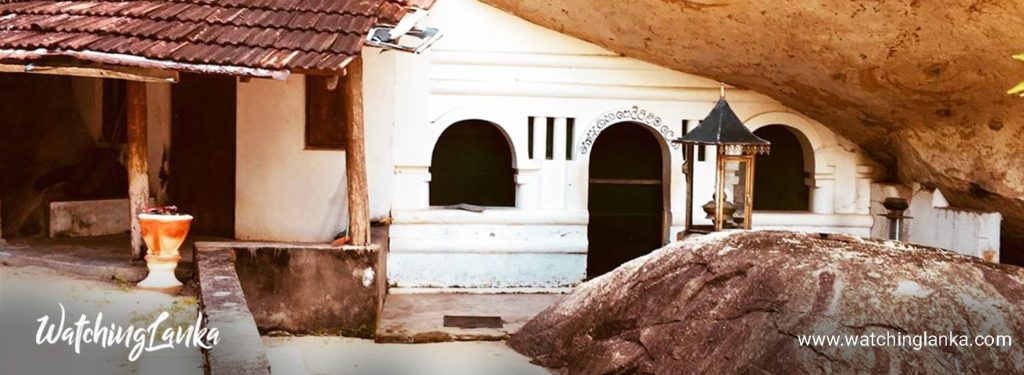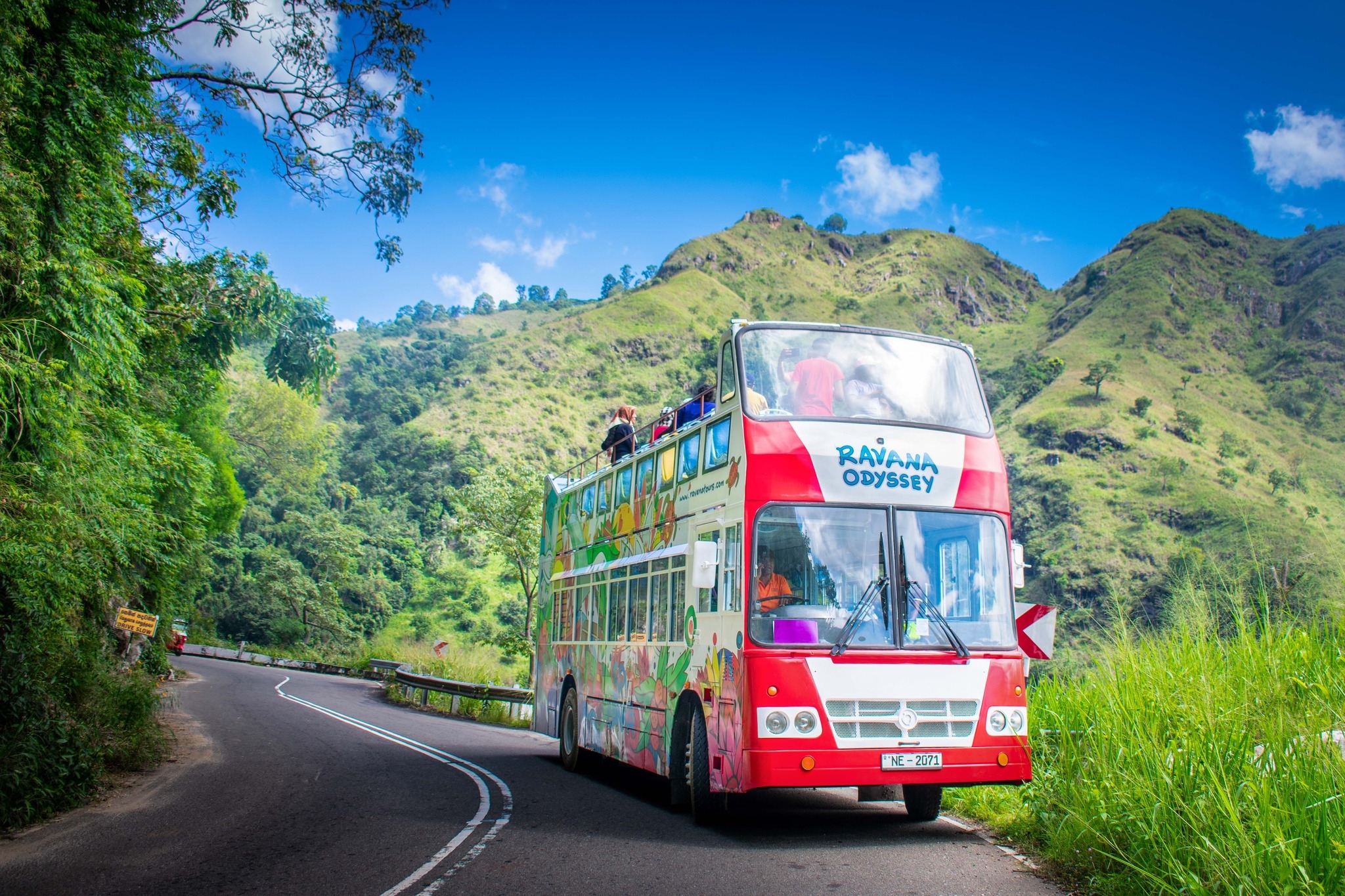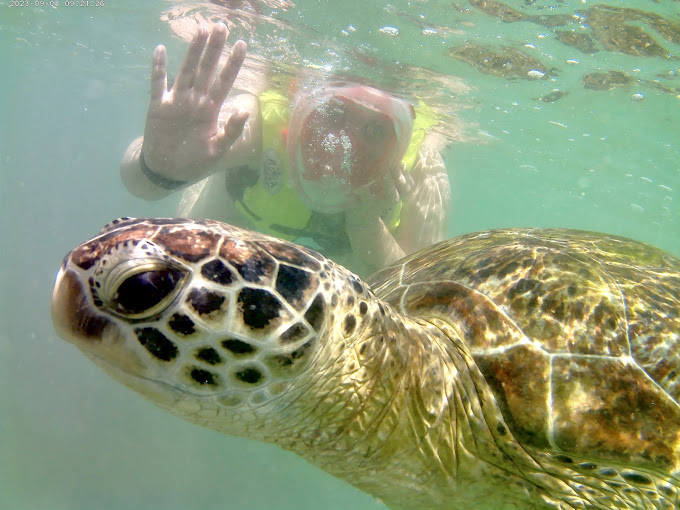The closest settlements to Kudumbigala, which was declared a sanctuary in 1973, are Panama and Kumana, with Vila Oya, Kumbukkan Oya, Salawa Ara and the tallest foothills, the Se Giri Belumgala. There are ruins of the ancient Kudumbigala sacred area around a thousand acres of forest surrounded by five rocks. This land which was inhabited by twelve thousand Arahants during the reign of King Kavantissa is known as ‘Rohana Chethiya Pabbataya’.
Monestry was also closed as the surrounding settlements dwindled due to the malaria epidemic of the 18th century. Imani, a Catholic from Negombo, converted to Buddhism and started the Kudumbigala Thapovanaya monastery in 1942 as a Maitreya devotee and in 1952 after the arrival of Thambugala Anandasiri Thero at Sudarshana Lena.
Legend has it that in this forest, which is rich in bears, elephants, wild boars, peacocks, and king elephants, there is a larger, more virulent species of a tiger called the Lenama Tiger. The legend of Lenama Tiger is not a beautiful story. The tigers have snatched the prey from a Vedda village called Lenama near the forest and devoured the entire Vedda village. The villagers believe that the target of this Lenama Tiger, which jumps from the tops of trees to capture the human smell, is not at fault.
Pottuvil is the last town you will meet on the way to Kudumbigala. On the way from the village of Panama to the Kudumbigala Thapowana on a winding pit road, one can see unique aesthetic views including plains, arches and lagoon systems. You have to go about 2 km into the forest from near the Kudumbigala Pilgrimage Hall near the Thapovanaya monastery where there is a central hall where monks gather, perform poya and preach.
[envira-gallery id=”4393″]Even in the middle of the day, there are fresh springs in the dark cool Kudumbigala Thapowana that you can’t even imagine being in the dry zone. The 20-foot waterfall on the edge of the rest house provides uninterrupted beauty and clean water for about nine months of the year. It is said that the pool at the foot of the Buddha statue on the right side of the rest house does not dry up and the water comes from springs between the rocks.
There are 105 drip-lined stone caves dedicated to Aranya monks, two restorative dagobas can be seen at Kudumbigala and the cylindrical shape of one dagoba is unique. The effigies of Portuguese soldiers, clay jugs, and coins found among the ruins of the fort provide evidence of the existence of a Portuguese, Dutch fort.
Kudumbigala Lake is located to the southeast, Bambaragastala Lake to the west, Iyaggaha Lake to the northwest, and Udahelawa Lake to the north around Kudumbigala. But these big and small lakes are becoming ancient rock walls, mudslides, and dry fields along with sluices. For decades, the clay chambers of the monks around the cave have been in a state of disrepair. If the ruins such as stone moonstones, watchtowers, corrugated stones, corpses, stairs, and stupas in this area are preserved, the valuable heritage will be preserved tomorrow as well.







